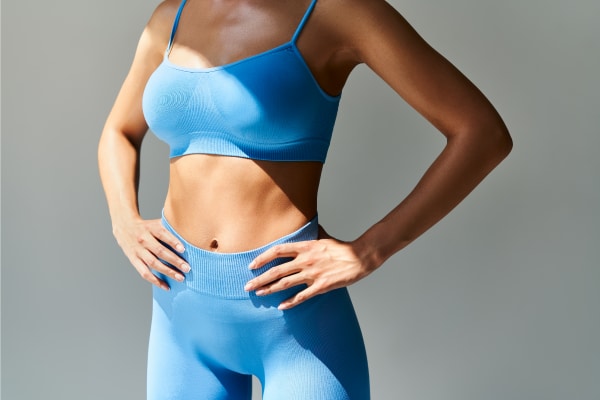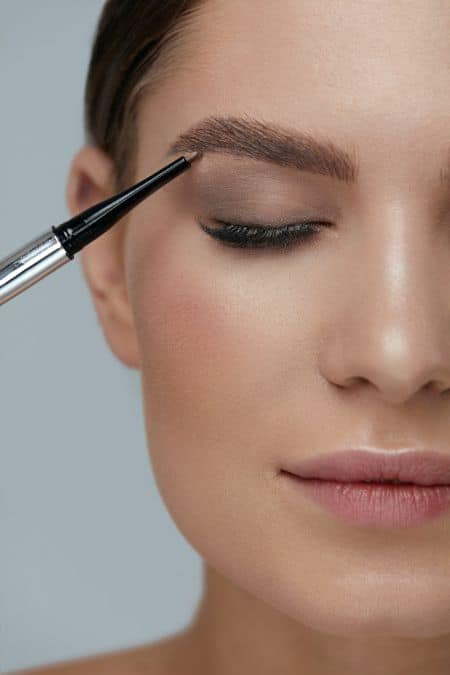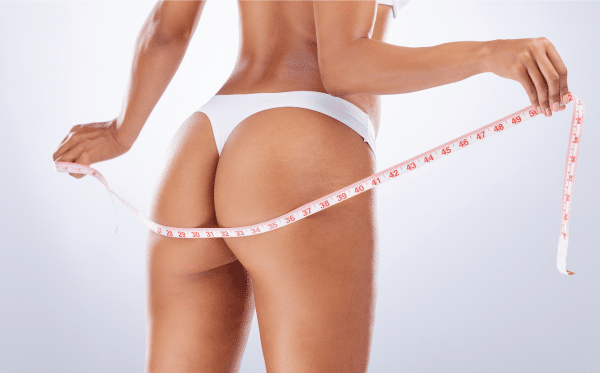Should I Get Plastic Surgery?
Plastic surgery is an increasingly common choice and an increasingly accessible option, prompting millions of people to consider how it could improve their own lives. Obviously, not everyone is a good candidate for a cosmetic procedure at Sieber Plastic Surgery San Francisco, and not everyone’s life can be improved with a plastic surgical procedure. So when is it appropriate or beneficial to consider plastic surgery, and how should you move forward?
The Most Common Motivations
These are some of the most common reasons why people choose to undergo plastic surgery:
- Low confidence/low life satisfaction. By far, the most common motivation for cosmetic surgery is a feeling of low confidence, and/or low life satisfaction. Many people assume that people who get cosmetic surgery are looking for a quick way to become more attractive; while there’s a nugget of truth here, the reality is more complex. People with low self-esteem and poor body image can suffer from crippling anxiety and self-hatred, which can make it hard for them to feel happy on a regular basis. Plastic surgery can improve their confidence and give them a renewed sense of satisfaction with life.
- Post-incident reconstruction. In some cases, people get plastic surgery (reconstructive surgery) to restore a part of their face or body that was injured, defaced, or deformed in an incident. Fires, car accidents, and other unfortunate circumstances can leave scarring or deformities that plastic surgery can correct.
- Career opportunities. Some people get plastic surgery for better career opportunities. For example, they may desire becoming an actor or model, but believe their face and/or body are holding them back.
Important Questions to Ask Yourself
If you fall into one of the above categories, or if you’re otherwise interested in plastic surgery, there are a few vital questions you should ask yourself, that only you can answer:
- Are you done growing? Plastic surgery is rarely, but occasionally, appropriate for teenagers. Noninvasive, minimal procedures are typically accepted, but surgical or high-risk procedures are generally not recommended. If a person is still growing, the procedure may be both unnecessarily risky and ineffective in the long-term. For example, in teenage girls, breasts may naturally grow asymmetrically; it doesn’t make sense to get breast augmentation or breast reduction surgery until they’re fully developed. In teenage boys, gynecomastia (associated with an enlargement of breast tissue in men) may disappear on its own throughout the course of bodily development—and may not require cosmetic surgery for correction. When to get plastic surgery is an important question to answer.
- What are you hoping to fix? Plastic surgery can do a lot of things. Nose surgery can correct imperfections in your nose and face. It can reverse some of the effects of aging. It can give you a more symmetrical or more attractive body. But it isn’t necessarily going to make you like yourself. If you have a deep-seated self-esteem issue, plastic surgery may not be enough to completely eliminate it.
- What are your expectations? Several plastic surgery procedures can get you instant results, making you look and feel more attractive, but even intense procedures can’t transform you into someone else entirely. If you’re hoping to look like your favorite celebrity, or if you’re hoping to radically transform your appearance, you may need to reset your expectations to make sure you have realistic expectations in mind.
- What other options are there? For many people seeking cosmetic surgery, there are alternative options available that could be as helpful (if not more helpful). If you’re concerned about your appearance, you could start eating healthier, using better skincare products, and exercising more frequently; these habits can not only make you feel better about yourself, but also naturally extend your lifespan. If you’re struggling with your self-esteem, working on your confidence with self-care and therapy may be able to help you. If these options fail, or if your concerns are associated with a specific part of your body you can’t change on your own, plastic surgery may be a way to complement your other efforts—but these other efforts are worth exploring first.
- Do you know the risks? Better equipment, better knowledge, and better standards of care have made plastic surgery incredibly safe. But any surgical procedure is still going to have risks and potential complications. Before pursuing any procedure, it’s important that you understand the potential risks involved. What’s the worst that could happen with this type of procedure? How long is it going to last? Will it need touch-ups in the future? What will you need to do before and after the cosmetic surgery to maximize your safety?
- What can you afford? Finally, consider what you can afford. Few plastic surgery procedures are fully covered by health insurance, and some surgical procedures can cost tens of thousands of dollars. Fortunately, most plastic surgeons are willing to work with you to develop a flexible financing plan; but you’ll still need to be prepared with a budget before you have that conversation.
If you can confidently answer all these questions and you still feel like plastic surgery is right for you, it’s a good idea to begin the consulting process.
Finding the Right Plastic Surgeon

For starters, make sure you’re working with a board certified plastic surgeon; not everyone offering cosmetic procedures is formally trained or certified as a plastic surgeon. Make sure you read up on your surgeon’s past cosmetic procedures, education, and experience, and look at online reviews so you know what you’re getting into.
From there, make sure you have a frank and open conversation with your plastic surgeon. Talk to them about your needs, your desires, and why you’re looking for plastic surgery. You want to know how to make sure your plastic surgery is safe. Your surgeon should help you understand the procedures and options available to you, including the risks and potential complications of those procedures.
Questions and Answers
Is it a good idea to get plastic surgery?
Plastic surgeries offer medical and psychological benefits, enhancing confidence and self-esteem. Yet, they entail physical risks and may impact mental health if outcomes disappoint or if underlying mental health issues remain untreated.
Am I wrong for wanting plastic surgery?
Desiring plastic surgery for enhanced appearance and quality of life is natural and common. No need for shame.
Who should not get plastic surgery?
Ultimately, unhealthy habits such as smoking, drug use, or high BMI may disqualify you from surgery. Before undergoing plastic surgery, cessation of smoking or drug use and achieving a BMI below 30 is advised.
Book Your Plastic Surgery Consultation Today
If you’re ready to learn more about a specific procedure, or if you just want to talk to a San Francisco plastic surgeon to learn more, contact us today! We’ll schedule you for an initial consultation, and discuss your future options.



 Dr. Sieber will use staples on your incisions, which will be located on the forehead tissues within your hairline. These will remain until Dr. Sieber removes them after approximately two weeks.
Dr. Sieber will use staples on your incisions, which will be located on the forehead tissues within your hairline. These will remain until Dr. Sieber removes them after approximately two weeks. Exercise is an important component because it not only helps you burn calories while you’re doing it, but exercise increases muscle mass, and people who have more muscle burn more calories, even at rest.
Exercise is an important component because it not only helps you burn calories while you’re doing it, but exercise increases muscle mass, and people who have more muscle burn more calories, even at rest.

 Often, if you are unhappy with your body shape, you don’t need to gain or lose weight to look and feel your best! Mini Brazilian butt lift surgery is an excellent plastic surgery for patients who are at or near their goal weight but who want to change their body fat composition.
Often, if you are unhappy with your body shape, you don’t need to gain or lose weight to look and feel your best! Mini Brazilian butt lift surgery is an excellent plastic surgery for patients who are at or near their goal weight but who want to change their body fat composition. Your liposuction journey starts by scheduling a consultation appointment with double board certified plastic surgeon Dr. David Sieber.
Your liposuction journey starts by scheduling a consultation appointment with double board certified plastic surgeon Dr. David Sieber.